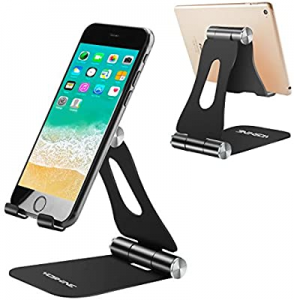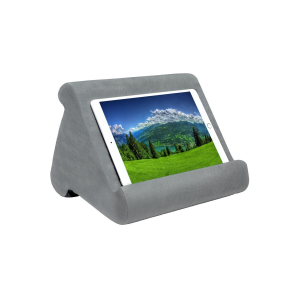The use of a smartphone or tablet device has increased significantly over the last decade. We use them constantly for texting, applications and for work. Could you even imagine life without them?!
This is probably even more prevalent now that we’re isolating at home and working from home.
Smartphones are efficient and convenient alternatives compared to traditional computers. However, since their introduction, we have seen an increase in sustained posture-related injuries in all ages.

Injuries from smartphone or tablet usage is often caused by prolonged periods of poor posture. We are so entertained by our devices that we don’t even realize it, until it becomes too painful. When using these technologies we are often sitting without the appropriate neck and back support. We are often in these postures for >1hr and we do it often. It is such postures that place greater stress on your joints and muscles. This can lead to injury if not addressed early.
Common Injuries
Common injuries we see at PMPP which are tablet/smartphone-related include;
- Neck & shoulder pain
- Wrist and forearm pain
- Thumb and finger injuries
- Tension headaches.
The good news is that there’s a lot you can do to prevent pain and injuries from using your device. Here are some tips to prevent neck discomfort or headaches from smartphone/ tablet use.
Healthy habits:
- I recommend that you change your position regularly. Swap between sitting on different chairs, standing and lying down whilst using your device. I’d recommend sitting for no longer than 20-30mins in the same position. Set a timer so that you don’t even have to think about it.
- Perform gentle stretching and mobility movements throughout and in between sessions.
- Have a read through a previous post on Thoracic mobility exercises here https://portmelbournephysio.com.au/thoracic-mobility/
- Try to avoid a poking of the head forward posture. This places greater strain on the neck, upper back and shoulders. I’d recommend having the device in front of your line of sight as much as possible. You can achieve this by reclining back or using a table. You could also enlarge your text to avoid straining or leaning forward to see clearly. This is common in people with eyesight issues.
- Avoid placing your smartphone or tablet on your lap as this also results in a forward head posture.
- Try as much as possible to keep your hand grip relaxed. I recommend using a case or device which has a stand or leaning your device on some books.


- Learn to use Siri/Alexa/Google assistant voice command functions to reduce the amount of finger taps. This will help reduce strain through the fingers, thumb and wrist.
- Attach a keyboard to your tablet if you are required to use it for typing for a long period of time.
- Have a read through a previous blog on ergonomic setups https://portmelbournephysio.com.au/ergonomic/
Now that you have spent the last few minutes reading this from your screen, time to stand up and move a little, before continuing with your day!
Chee Yan Ting

